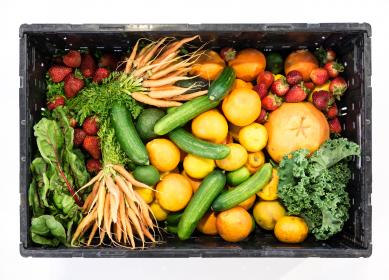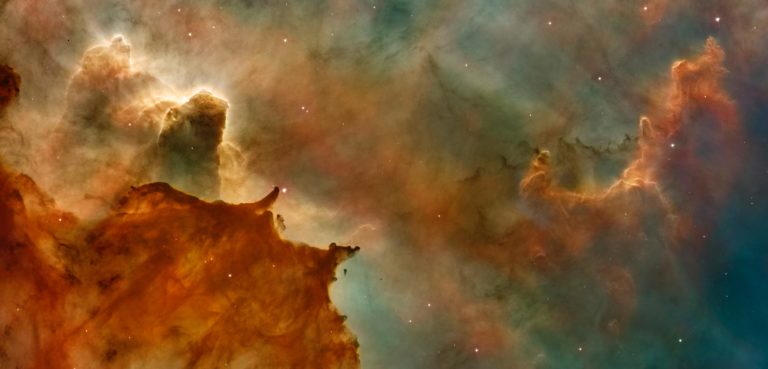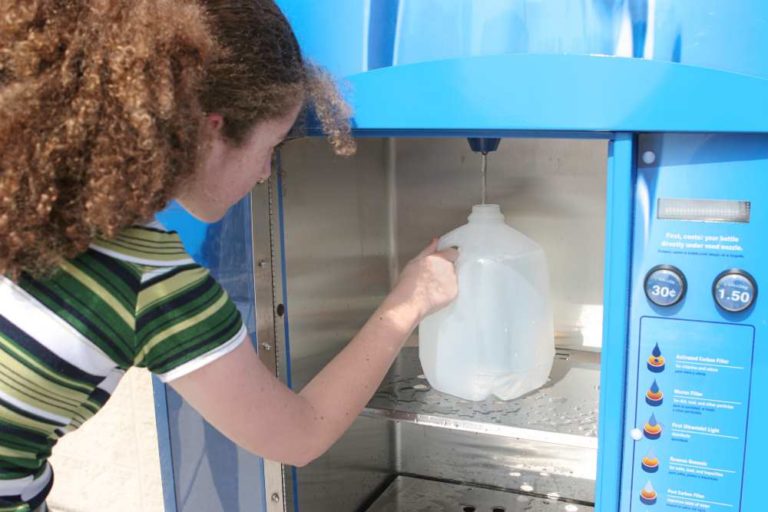
Water for society – Including all
World Water Week, the leading annual event on global water issues, was held in Stockholm from August 25-30, 2019. https://www.worldwaterweek.org World

Share with Friends

It’s flu season and everywhere you go it seems people are coughing and sneezing. It might feel like your body is constantly under attack from germs and viruses but the truth is even more serious than that. Your body is in a constant battle against infection, diseases, oxidative stress and the formation of free radicals.
Oxygen in the body splits into single atoms with unpaired electrons. Electrons like to be in pairs, so these atoms, called free radicals, scavenge the body to seek out other electrons so they can become a pair. This causes damage to cells, proteins and DNA. Free radicals are associated with human disease, including cancer, atherosclerosis, Alzheimer’s disease, Parkinson’s disease and many others. They also may have a link to aging.
Some free radicals are formed as natural byproducts of your body’s processes, including eating and breathing, and you are exposed to free radicals from environmental toxins, household chemicals and cigarette smoke. Many lifestyle choices can play a big part in creating free radicals. Here are some of the biggest culprits.
Fats and oils can become oxidized during storage as a result of exposure to light, air or heat. This creates free radicals and causes the unpleasant odors that you associate with rancidity. When fats or oils are heated to high temperatures, as they are with deep-frying, they can become oxidized, creating free radicals. Saturated fats are less likely than unsaturated fats to become oxidized. When cooking fats are reused, they become more oxidized and produce even more free radicals.
Cooked and processed meats can also contribute to creating free radicals. Meat contains fats and those fats can also become oxidized when cooked at high temperatures. The iron found in meat, especially red meat, can also become oxidized. Preservatives used in processed meats — including sausages, bacon, ham, pepperoni, hotdogs, salami, corned beef and many deli meats — may also create free radicals. Consider limiting saturated fats – which are found in butter, cheese, red meat and other animal-based foods.
Alcoholic beverages have been identified as a human carcinogen. The National Cancer Institute says that one way that alcohol increases the risk of cancer is by creating free radicals in the body. If you drink alcohol, the American Institute for Cancer Research recommends limiting your intake to no more than two drinks a day if you are a man and one drink a day if you are a woman. While moderate alcohol intake may have some heart health benefits, these should be weighed against the additional cancer risk.
Smoking cigarettes is a known carcinogen but did you know that every puff of a cigarette contains about 4,700 different chemicals and 100 trillion free radical molecules. These reactive substances damage lung tissue by chemically reacting with DNA, cell membranes and other molecules in the lung. Smoking also introduces free radicals into your body and accelerates the aging process.
The good news is that the body has it’s own built in mechanism to fight the damage caused by free radicals. Antioxidants are substances that help prevent the damaging effects of oxidation on cells throughout your body and are plentiful in many foods, primarily fruits and vegetables. Antioxidants benefit your health by cleaning free radicals out of your bloodstream. They have a range of health benefits including anti-inflammatory effects, immune and anti-aging benefits. Some studies have shown that antioxidants reduce the signs of aging by minimizing wrinkles and preserving the texture of the skin. They can even protect your skin from sun damage, and reduce the incidence of sunburn.
The human body naturally produces free radicals and the antioxidants to counteract their damaging effects. However, in most cases, free radicals far outnumber the naturally occurring antioxidants. In order to maintain the balance, a continual supply of external sources of antioxidants is necessary in order to obtain the maximum benefits of antioxidants. Antioxidants benefit the body by neutralizing and removing the free radicals from the bloodstream.
Hydrogen-rich or H2 water has been proven to be an excellent source of antioxidants with many other healing properties. But some people may wonder how H2 water compares to antioxidants found in foods. Although it’s literally an “apples and oranges” discussion, here are a few comparisons.
Many vegetables, fruits, and other types of foods are excellent sources of antioxidant compounds. Research suggests that when it comes to longevity and overall health, some of the benefits of consuming antioxidant foods, herbs, teas and supplements include:
According to a reportpublished in the Journal of Agricultural and Food Chemistry in 2004, the report’s authors found the following items to be the best food sources of antioxidants:
Food, Serving Size, Antioxidant Capacity Per Serving
Small red bean (dried), 1/2 cup, 13,727
Wild blueberries, 1 cup, 13,427
Red kidney beans (dried), 1/2 cup, 13,259
Pinto beans, 1/2 cup, 11,864
Blueberries (cultivated), 1 cup, 9,019
Cranberries, 1 cup (whole), 8,983
Artichoke hearts, 1 cup, 7,904
Blackberries, 1 cup, 7,701
Prunes, 1/2 cup, 7,291
Raspberries, 1 cup, 6,058
Strawberries, 1 cup, 5,938
Red delicious apples, 1, 5,900
Granny Smith apples, 1, 5,381
Pecans, 1 ounce, 5,095
Sweet cherries, 1 cup, 4,873
Black plums, 1, 4,844
Russet potatoes, 1 cooked, 4,649
Black beans (dried), 1/2 cup, 4,181
Plums, 1, 4,118
Gala apples, 1, 3,903
The bottom line is that it’s still important to eat your fruits and veggies in addition to consuming hydrogen rich water. Hydrogen water works in conjunction with antioxidant foods and also provides additional health benefits.
It’s easy to boost your consumption of antioxidants without eating massive amounts of vegetables or expensive supplements. Check out our many H2 water filters and ionizers and enjoy H2 water every day! www.waterionizer.org
Not sure which product is best for your needs? Contact one of our water experts and they’ll be happy to assist you. 1-888-771-1942
Share with Friends

Julia Abelsohn is a writer, editor and clinical aromatherapist. She has been sharing her expertise and passion for health and wellness for over 25 years. When not at her desk she can be found exploring the many trails and green spaces near her home in Edmonton, Alberta.
Featured
Drink healthy, hydrogen-enriched water on the go with the AOK 808
The only USA-made water ionizer filter that has certified independent test results for reducing 172 contaminants by 99.9%.
World’s most advanced natural filter, alkalizer, ionizer and hydrogen system all in one affordable package.
Follow Us
Latest Posts

World Water Week, the leading annual event on global water issues, was held in Stockholm from August 25-30, 2019. https://www.worldwaterweek.org World

It’s Saturday morning, the sun is shining and it’s a perfect day to go out for a paddle. You grab

Since time immemorial scientists, philosophers and even us mere mortals have asked the question: are we alone in the universe?
Popular Posts

Water vending machines are as common in grocery stores as ATM machines but what kind of water are they really
For over 20 years, thousands of customers worldwide rely on Best Water for our excellent one-to-one support, high quality water ionizer products and competitive pricing. If you have any questions at all please call us. Our experienced techs are ready to help! Learn more about us.
© 2019 Best Water Inc. All Rights Reserved. Website & Branding by Elite Web Design